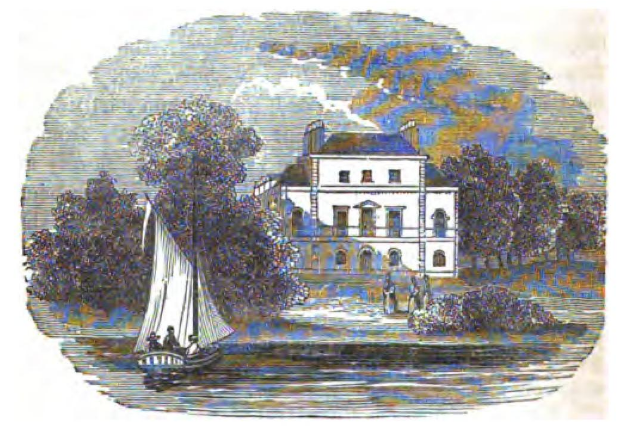The Owners of Brandenburgh House. Sir Nicholas Crispe

Brandenburgh House in Hammersmith, which eventually became Elizabeth Craven's home, dated back to Stuart times. The house was built in c.1625-6 for Sir Nicholas Crispe (1598-1666), a local merchant whose family money came from the brick-making trade. This business flourished because the area West of London was rapidly expanding during this period. Throughout his career he was a stout royalist, which brought him some gains and some severe losses. Sir Nicholas Crisp, Bt., line engraving by Robert Hartley Cromek, published 1 May 1795 by T. Cadell & W. Davies, after an unknown artist. NPG D13876 Crispe's house was in an elegant fashionable, Dutch style and built solely of bricks, with no timber structure. This was an innovation in its time. It overlooked the river, less for the purpose of a pretty view than that of transporting heavy goods by water. In 1628 Crispe purchased most of the shares of the Guinea Company, which traded on the West Coast of Afr
